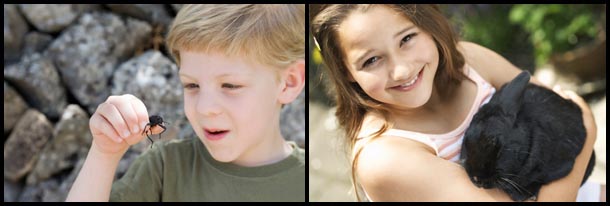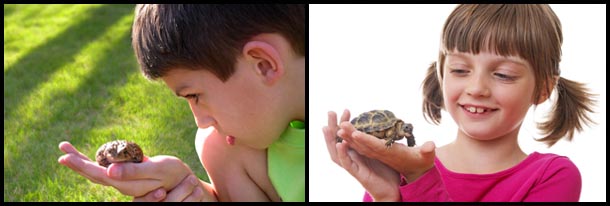Praying mantises, like all insects, are cold blooded. This means they rely on their environment to keep their body temperature stable. For example, they need heat from the sun to warm up, and need to seek a cold spot to cool down.
What does cold blooded mean?
Reptiles, amphibians, fish and insects are all examples of cold blooded animals. But what does this actually mean? Although these animals are not exactly warm to the touch, they don’t have freezing cold insides either.
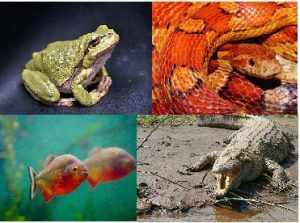
These animals are all ‘ectothermic‘ animals. Since ‘ecto’ is a prefix for outside and ‘thermo’ means heat, these animals require heat from outside their body to stay warm. These animals need a heating pad for their enclosure because they can’t maintain a high body temperature on their own. But even though they take up heat from their surroundings, this doesn’t mean their blood is actually cold.
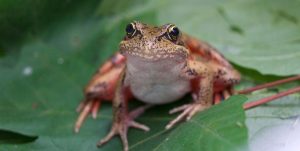
These animals differ from ‘endothermic‘ animals, such as birds and mammals. These animals are able to get heat from the inside (endo). And this is what makes a warm blooded animal. When we (as in warm-blooded animals) eat food, we use it to make heat inside our bodies. Although we still need insulation to keep this heat inside, we don’t need heat from our surroundings to keep us warm.

Essentially, the difference between warm and cold blooded animals is our response when our bodies become too hot or cold. Cold blooded animals will search for a warmer spot when they are cold, either underground or in the sun. If they get too hot, they’ll look for a nice cool area like a pond or under a rock. Warm blooded animals will sweat and pant if they get too hot, and shiver to increase heat from friction if too cold.
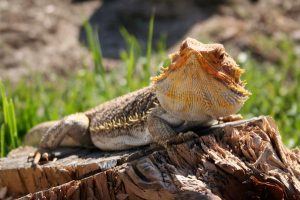
All of these are ways to maintain a stable body temperature, just with slightly different approaches. So which category do praying mantises fit into?
Are praying mantises cold blooded?
Praying mantises are quite different from the typical insect. The majority of insects are omnivores, feeding on leafy vegetables and occasionally fruit. Praying mantises conceal themselves within the leaves of these plants, ready to stalk and catch the insects to feed on. But although they are cold-blooded killers, are they actually cold blooded?
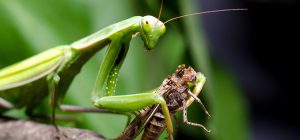
In fact, even though they are carnivorous, praying mantises are still insects, which makes them cold-blooded. Just like other insects, they rely on their environment to regulate their body temperature. This means that if you keep a mantis as a pet, they’ll need a nice warm heating pad and a small dish of cool water.
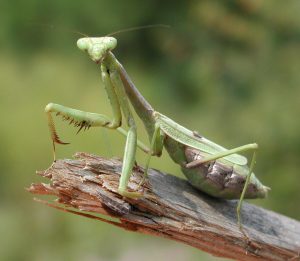
This is also why many insects die during winter, as the sun is not enough to keep them warm. Unlike warm blooded animals, they cannot make their own body heat. Of course, warm blooded animals still struggle in extreme temperatures, but they are often well adapted to their unique environment, so have a better chance of survival.
Animal–Club provides animal parties or animal handling workshop where your will be able to see, learn and interact with the insects and other wonderful animals with the help of our presenters. Our mobile zoo has many friendly animals such as rabbits, tarantulas, geckos, vinegaroons and more that will be perfect for an animal party. You can enhance your animal party with one of our party packages, which can include face paint and candy floss too for an all round great experience. We can also come over to your school for an animal school visit or arrange for an animal workshop with us where the children can learn about animals and have fun too.
